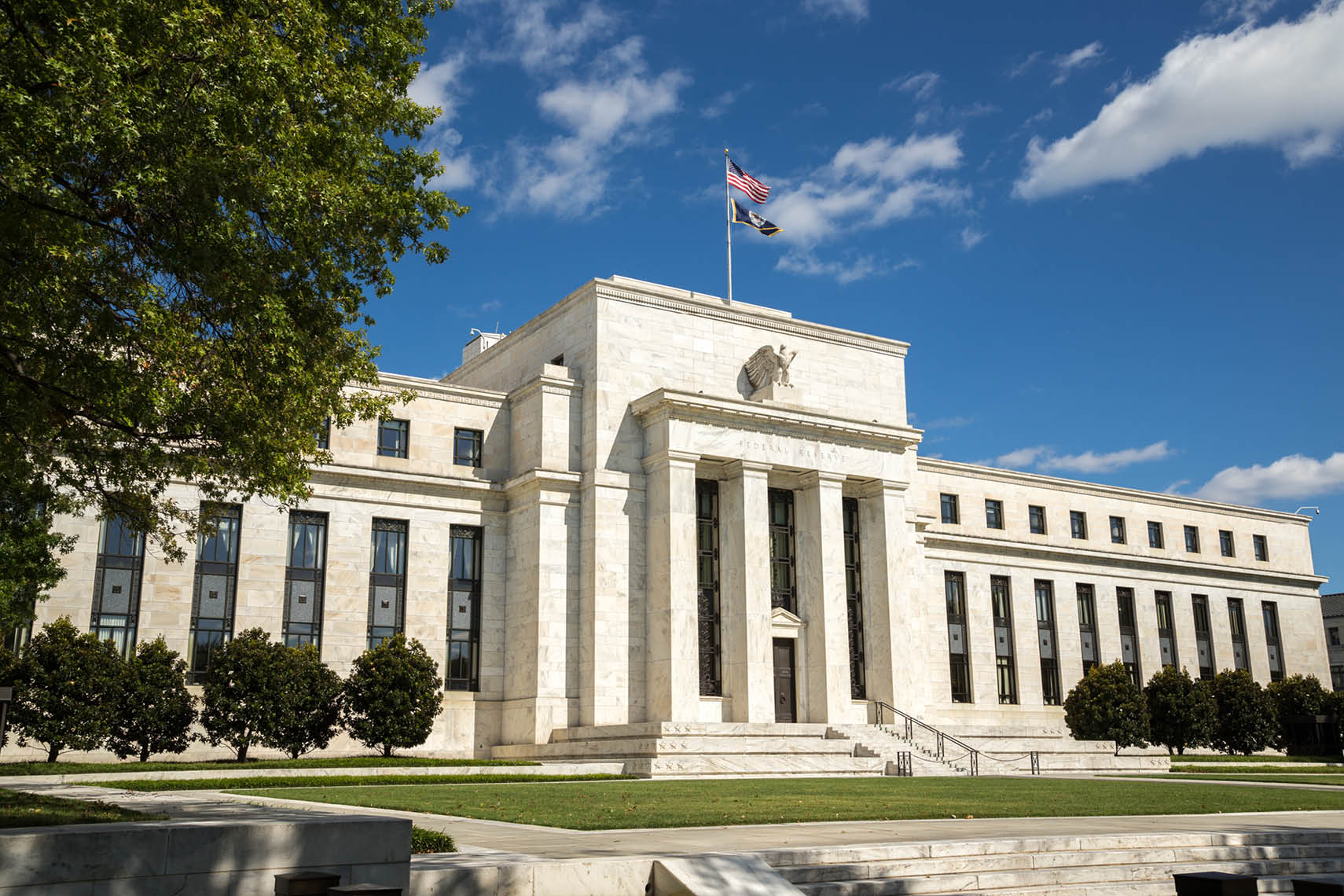The US Fed is caught in an interest rate cut dilemma
Author - Thomas Odehnal
As pleasing as the figures from the real economy in the USA may be, the inflation development in recent weeks is rather disconcerting as it is once again on the rise. For the US Federal Reserve (FED), a dilemma is emerging: When can the first interest rate cut be best implemented without arousing suspicion of influencing the US presidential elections in November?
The US economy continues to grow unabated. The latest available figure for the fourth quarter of 2023 shows an annualized economic growth rate of 3.4%, and a respectable figure is expected again for the first quarter of 2024 with the release of the initial estimate on April 25. The unemployment rate remains stable at under four percent, and monthly published data on newly created jobs and similar indicators mostly surprise on the positive side. Sentiment indicators, such as the widely watched survey among purchasing managers, also paint a bright picture and an optimistic view of the future.
On the flip side, there's the inflation development. Despite the Federal Reserve's interest rate hikes since 2022, which swiftly dampened it from its peak of 9.1% in June 2022, inflation has been lingering between 3.0% and 4.0% since June of last year, and bridging the "last mile" to the target of two percent seems very challenging. Core inflation (excluding energy and food) proves to be even more stubborn at slightly higher levels.
The problem of the right timing
Now, this situation would be manageable for a central bank, as it could wait for upcoming data and keep interest rates unchanged in the meantime, until either inflation figures move in the desired direction of two percent, or potential signs of weakness in the economy emerge, requiring support through interest rate cuts. However, for the US Fed, there's an additional factor to consider this year with the presidential election in November, which influences the timing of a possible first interest rate cut. A central bank wants to avoid being drawn into the election campaign by its actions. Thus, it's crucial when the American central bank makes its first move on interest rates. Due to the predetermined meeting schedule, the options are very limited. The next two dates, May 1 and June 12, seem too early given the aforementioned circumstances. July 31 would likely face the same argument, but the subsequent meeting on September 18 falls right in the midst of the election campaign and should therefore not mark the start of an interest rate cut phase. Following that, there's a meeting on November 7 (two days after the election) and one on December 18.
With this calendar, the US Fed is indeed in a dilemma, whether to "preemptively" - and perhaps prematurely - cut interest rates on July 31, or to wait until after the election and potentially miss the optimal window of opportunity.
Of course, there is still some time until then and many more data will be published, which may make it easier for Fed members to make this decision, but at the moment, it's a topic that the capital market will increasingly focus on.
Disclaimer
This information does not contain any direct or indirect recommendation for the purchase or sale of securities or an investment strategy. Despite careful research and compilation, no liability or guarantee can be assumed for the accuracy of the data.
